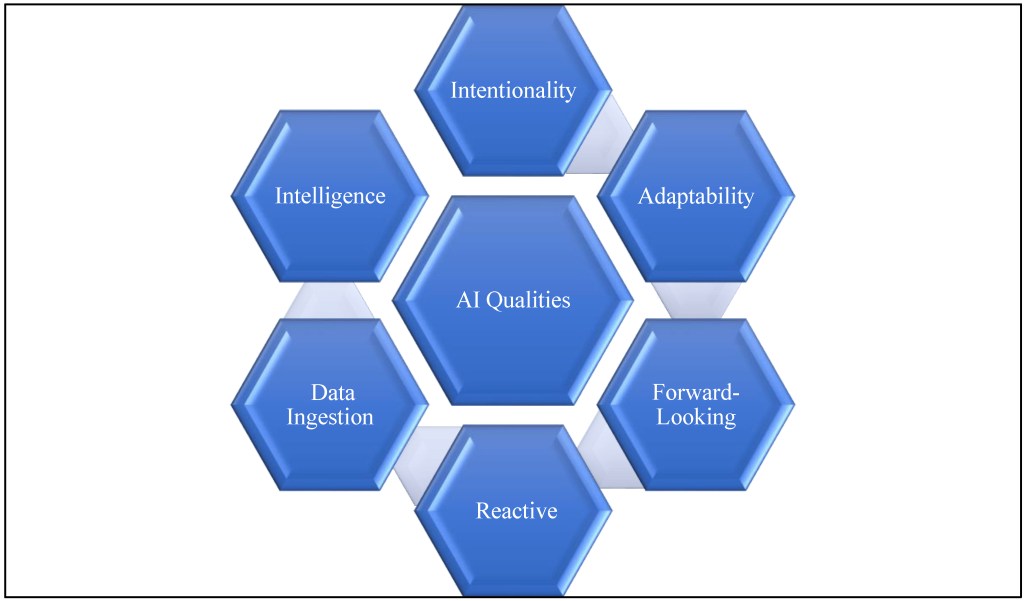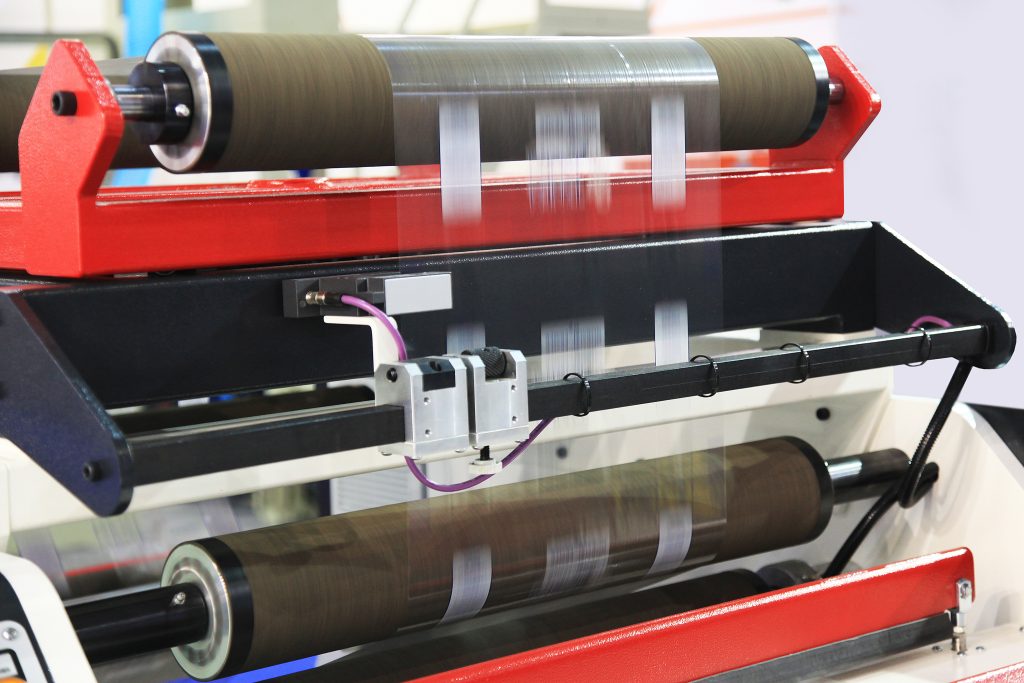Print Advertising In The Age Of Social Media

Print advertising used to be the go-to marketing strategy for businesses, but with the rise of social media, many have wondered if it still holds any value in the digital age. Is print advertising now obsolete, or does it still have a place in today’s marketing landscape?
While the dominance of social media cannot be denied, print advertising still has its merits. In fact, it can offer a unique and tangible experience that digital platforms simply cannot replicate. In this article, we will explore the role of print advertising in the age of social media and discuss how businesses can effectively integrate both strategies to maximize their marketing efforts.
By understanding the strengths and weaknesses of print advertising and social media, businesses can create a comprehensive marketing plan that leverages the best of both worlds. So, if you’re curious about the future of print advertising and how it can coexist with social media, keep reading to discover the possibilities and potential benefits of this hybrid approach.
How Social Media Is Changing The Landscape Of Print Advertising
In today’s digitally-driven world, social media has revolutionized the way businesses connect with their target customers. As digital advertising becomes increasingly prevalent, print advertising has had to adapt and find new ways to stay relevant. However, rather than being rendered obsolete, the rise of social media has actually changed the landscape of print advertising in interesting and innovative ways.
Print advertisements now have the opportunity to complement and enhance digital marketing efforts, offering a tangible and tactile experience that digital mediums cannot replicate. Print ads have the power to establish an emotional connection with consumers, allowing for a deeper and more memorable brand experience.
Additionally, print advertising can target niche markets and cater to specific demographics in a way that online advertisements may struggle to do. While social media may have changed the marketing game, the humble print advertisement still holds its place in the advertising industry, providing a unique and valuable medium for businesses to reach their prospective customers.
Increased Competition For Attention
In today’s saturated advertising landscape, brands face increasing competition for attention. As digital technology continues to reshape marketing methods, print advertising must adapt to remain relevant. To stand out, brands are targeting crowdcultures and utilizing cultural branding as a powerful strategy.
Crowdcultures are online communities built around shared interests and values. By identifying and understanding these subcultures, brands can align themselves with the ideologies and beliefs of their target customers. This allows them to create a deeper and more resonant connection with their audience.
Brands like Dove, Axe, and Old Spice have successfully tapped into specific cultural ideologies, particularly around gender, to engage with mass audiences. Dove’s “Real Beauty” campaign challenged traditional beauty standards, resonating with women seeking more authentic and inclusive representations. Axe’s advertisements challenged conventional masculinity, appealing to a younger generation questioning societal norms. Old Spice’s humorous and exaggerated persona tapped into the ironic and irreverent voice of the internet, earning viral success.
Social media platforms have been instrumental in the success of these campaigns. They provide a space where brands can directly interact with crowdcultures, share content, and encourage user participation. The competition for attention is fierce, and brands must constantly find innovative ways to engage their audience through social media.
To thrive in the age of social media, print advertising must go beyond traditional marketing strategies. By targeting crowdcultures, print ads designs and brands can leverage the power of cultural branding to create an emotional connection with their target customers. This will enable them to break through the noise and remain relevant amidst the increasing competition for attention.
Reach A Wider Audience With Digital Technology
In the age of digital technology, print advertising has found new ways to reach a wider audience and adapt to the demands of the digital age. With the rise of social media and online platforms, print advertisements can now be shared and consumed by a global audience, breaking down the barriers of geographical limitations.
One of the significant advantages of utilizing digital mediums for print advertising is the ability to expand the reach of these advertisements. Social media platforms, such as Facebook, Instagram, and Twitter, have billions of users worldwide, providing a vast audience for print marketing materials. Additionally, online platforms allow for easy sharing and engagement, enabling print ads to go viral and gain widespread exposure.
Digital technology also enables businesses to target niche markets more effectively. With the ability to analyze user data and behavior, brands can identify and engage with potential customers who have specific interests and preferences. By tailoring their print advertisements to cater to these niche markets, businesses can create a more personalized and relevant customer experience, increasing the chances of conversion and customer loyalty.
Furthermore, digital technology allows for real-time tracking and analytics, providing businesses with valuable insights into the performance and effectiveness of their print advertising campaigns. By monitoring metrics such as response rate and engagement, brands can make data-driven decisions and optimize their strategies to ensure maximum impact.
Connecting With Potential Customers Emotionally Through Digital Mediums
In the age of social media, businesses have a unique opportunity to connect with potential customers on a deeper emotional level through digital mediums. Social media platforms provide a powerful avenue for brands to leverage the advantages of online advertising and create authentic, meaningful connections.
One way businesses can connect emotionally with their target audience is through influencer marketing on social media. By partnering with influencers who have a strong following and influence in specific niches, brands can build trust and credibility with potential customers. Influencers showcase product usage and provide genuine endorsements, earning the trust of their followers and creating an emotional connection between the brand and the consumer.
Another advantage of digital platforms is the ability to utilize videos to create a stronger emotional response. Videos allow brands to tell captivating stories and engage with their audience in a more dynamic and interactive way. Through visual storytelling, businesses can evoke emotions, inspire action, and leave a lasting impact on potential customers.
Print advertising, on the other hand, has limitations in creating emotional connections. While print ads can be visually appealing and informative, they often lack the immersive and interactive elements that digital mediums offer. Digital platforms allow for real-time engagement, feedback, and sharing, enabling brands to listen to their audience and respond accordingly.
Businesses can connect with potential customers emotionally through digital mediums by leveraging social media, working with influencers, and utilizing videos. The ability to build trust, showcase product usage, and create a stronger emotional response makes digital platforms invaluable in today’s advertising landscape.
Effective Strategies For Implementing Print Ads In A Social Media Driven World
In a world dominated by social media and digital advertising, it may seem like print advertising has become obsolete. However, print ads still have a place in the marketing landscape, especially when integrated with social media platforms.
By strategically implementing print ads in a social media driven world, businesses can leverage the strengths of both mediums and reach a wider audience. One effective strategy is to use printed materials that include QR codes or social media icons, directing potential customers to the company’s website or social media platforms. This not only drives website traffic but also encourages engagement and interaction with the brand online.
By including unique URLs or landing pages in print advertisements, businesses can track the effectiveness of their print marketing efforts and optimize future campaigns. Additionally, maintaining a cohesive visual identity between printed materials and online content can enhance brand recognition and the overall customer experience. Despite the rise of digital technology, print advertising still holds its value in creating an emotional connection and building consumer trust in a social media focused world.
Creative Ways To Maximize Your Marketing Materials Across Multiple Platforms
In today’s digital age, it is crucial for businesses to maximize their marketing materials across multiple platforms. By integrating print and digital advertising strategies, companies can reach a wider audience and increase their brand awareness. Here are some creative ways to achieve this:
1. Integrate QR Codes: By incorporating QR codes in print advertisements, businesses can lead potential customers directly to their website or landing page. This seamless transition allows for a smooth customer experience and encourages further engagement with the brand.
2. Social Media Icons and Tags: Including social media icons and tags in print materials can boost brand awareness and encourage consumers to connect with the company on various social platforms. This strategy not only increases visibility but also fosters a sense of community and engagement with the target market.
3. Branded Content and Sponsorships: Successful branded content and sponsorships have the potential to reach a large and diverse audience. By partnering with influencers or creating compelling content, companies can leverage the power of print and digital mediums to create an emotional connection and establish consumer trust.
Examples of successful branded content and sponsorships include Red Bull’s extreme sports campaigns and Nespresso’s collaborations with renowned actors and directors.
By integrating print and digital advertising strategies, utilizing QR codes in print materials, including social media icons and tags, and implementing successful branded content and sponsorships, businesses can maximize their marketing materials across multiple platforms and effectively engage their target customers in the evolving advertising landscape.
Identifying And Leveraging New Forms Of Advertising In the 21st Century
In the 21st century, new forms of advertising have emerged, transforming the marketing landscape and providing businesses with fresh opportunities to engage with their target customers. One such form is digital advertising, which harnesses the power of technology to reach a wider audience. With the rise of social media platforms and online advertisements, businesses can now connect with potential customers through targeted campaigns.
Digital advertising offers various advantages over traditional print advertising. It allows for real-time tracking and measurement of campaign performance, enabling marketers to make data-driven decisions and optimize their strategies accordingly. Additionally, digital advertising provides the flexibility to target specific demographics and niche markets, ensuring a more personalized approach.
To effectively leverage these new forms of advertising in marketing campaigns, businesses must stay up-to-date with the latest trends and technologies. This involves understanding the behavior and preferences of digital natives, who are accustomed to engaging with brands through digital mediums. By tailoring content and advertisements to resonate with these consumers, businesses can maximize their reach and impact.
Furthermore, integrating different forms of media, such as video, interactive content, and user-generated content, can create a more immersive and engaging experience for the target market. Leveraging social media platforms to amplify the reach of marketing campaigns is also crucial, as these platforms offer a vast audience and the potential for viral sharing.
While print advertising still holds value in certain contexts, it is essential for businesses to adapt to the evolving advertising landscape and embrace digital advertising as a primary marketing channel. By identifying and leveraging new forms of advertising in the 21st century, companies can effectively promote their products or services, connect with their target customers, and drive business growth.
Utilizing A Digital Marketing Agency To Help Execute Your Strategy
In today’s fast-paced and digitally-driven world, it is essential for businesses to adapt and utilize the power of digital marketing. One effective way to navigate the changing landscape of print advertising is by enlisting the help of a digital marketing agency.
A digital marketing agency brings expertise and guidance to the table, helping businesses execute their print advertising strategies with precision. They stay up-to-date with the latest industry trends and technologies, ensuring that your print advertisements are optimized for maximum impact.
Working with a digital marketing agency provides numerous benefits. Firstly, they have access to cutting-edge technology and tools that can enhance the effectiveness of your print campaigns. They can leverage data and analytics to track and measure the performance of your advertisements, allowing for informed decision-making and optimization.
Moreover, digital marketing agencies have industry insights that can help you better understand your target customers and their preferences. They can develop customized strategies tailored to your specific business goals and target market, ensuring that your print advertisements resonate and connect with your intended audience.

Conclusion
In conclusion, both print and digital marketing have their own advantages and disadvantages. Print advertising offers a tangible and physical form of marketing that can create a strong emotional connection with consumers. It has a long history in the advertising landscape and can provide a unique and memorable experience. On the other hand, digital marketing utilizes the power of digital technology and platforms to reach a larger audience and track campaign performance in real-time.
According to a survey conducted by Two Sides North America, print marketing has gained significant consumer trust and preference. The survey revealed that 70% of consumers feel that print advertising is more trustworthy than digital advertisements. Additionally, 67% of respondents preferred to receive advertising materials in print rather than digitally.
These findings highlight the enduring power and effectiveness of print marketing in the age of social media. While digital marketing has its merits, print advertising continues to resonate with consumers, offering a tangible and trusted way to connect with prospective customers. As businesses plan their marketing strategies, it is important to consider both print and digital mediums to reach and engage with their target markets effectively.























